
PLA composite may be an eco-friendlier alternative to carbon fiber (26/10/2019)
While
bio-based polylactic acid (PLA) thermoplastic is relatively
eco-friendly and easily recyclable, composites such as carbon fiber are much
stronger. German scientists are now claiming to have combined the best features
of both, with a new all-PLA composite.
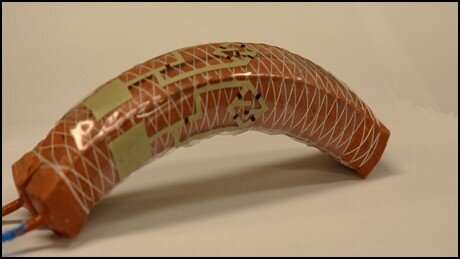
Researchers build a soft robot with neurologic capabilities (23/10/2019)
In
work that combines a deep understanding of the biology of soft-bodied animals
such as earthworms with advances in materials and electronic technologies,
researchers from the United States and China have developed a robotic device
containing a stretchable transistor that allows neurological function.
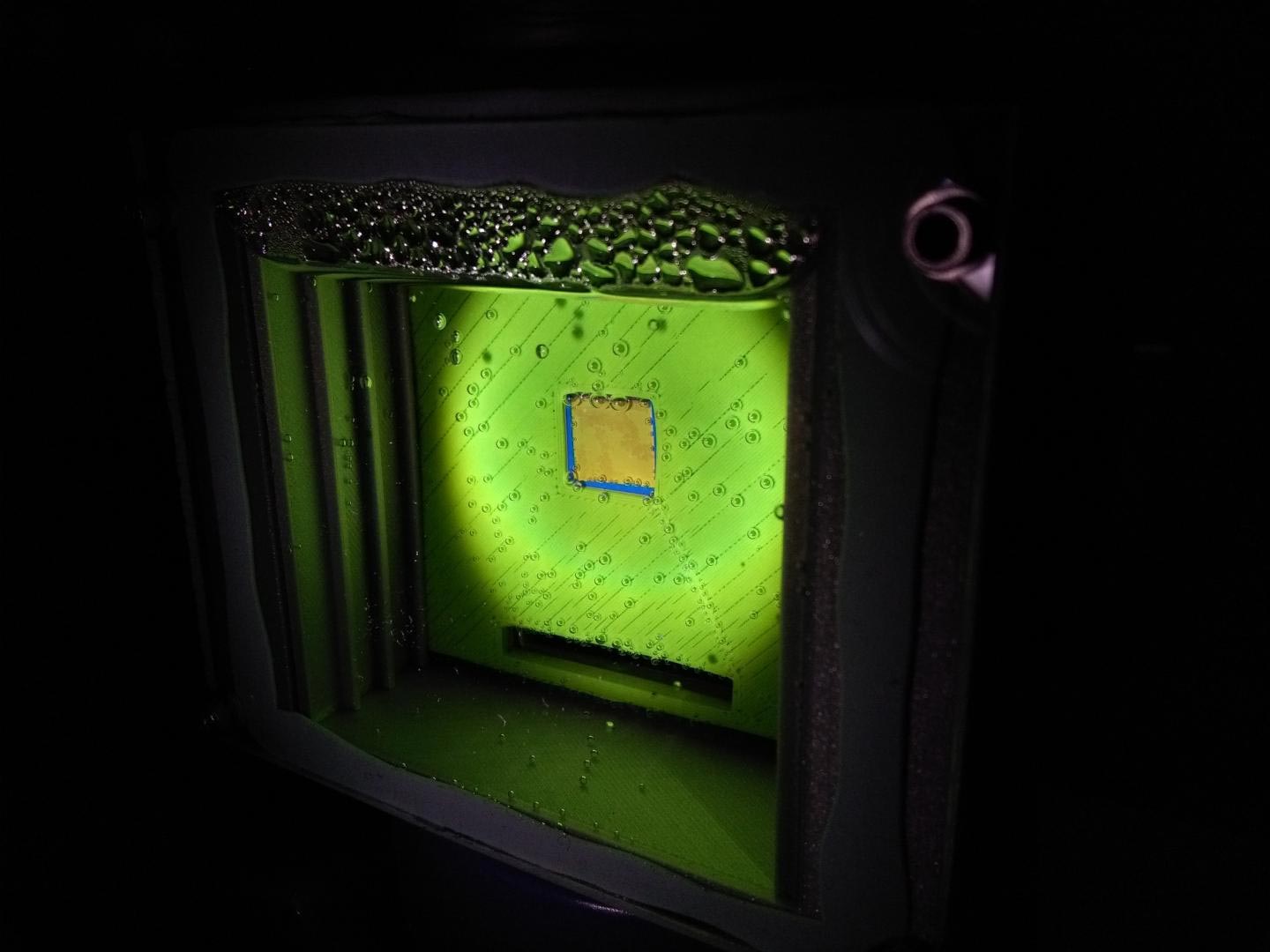
Powered by Sunlight, ‘Artificial Leaf’ Successfully Produces Clean Gas From CO2 and Water (23/10/2019)
A
widely-used gas that is currently produced from fossil fuels can instead be
made by an ‘artificial leaf’ that uses only sunlight, carbon dioxide, and
water, and which could eventually be used to develop a sustainable liquid fuel
alternative to petrol.

Efficient Quantum-Mechanical Interface Leads to a Strong Interaction Between Light and Matter (23/10/2019)
Researchers
have succeeded in creating an efficient quantum-mechanical light-matter
interface using a microscopic cavity. Within this cavity, a single photon is
emitted and absorbed up to 10 times by an artificial atom. This opens up
new prospects for quantum technology, report physicists at the
University of Basel and Ruhr-University Bochum in the journal Nature.
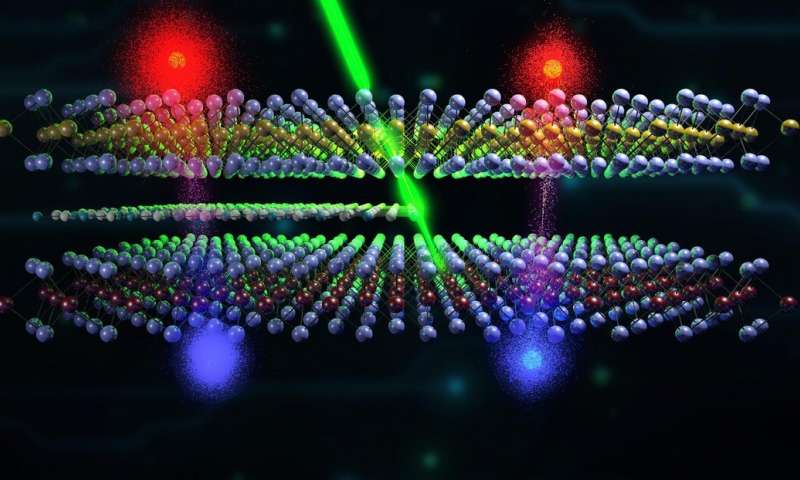
Excitons will shape the future of electronic devices (23/10/2019)
Excitons
are quasiparticles made from the excited state of electrons and—according to
research being carried out EPFL—have the potential to boost the energy
efficiency of our everyday devices.
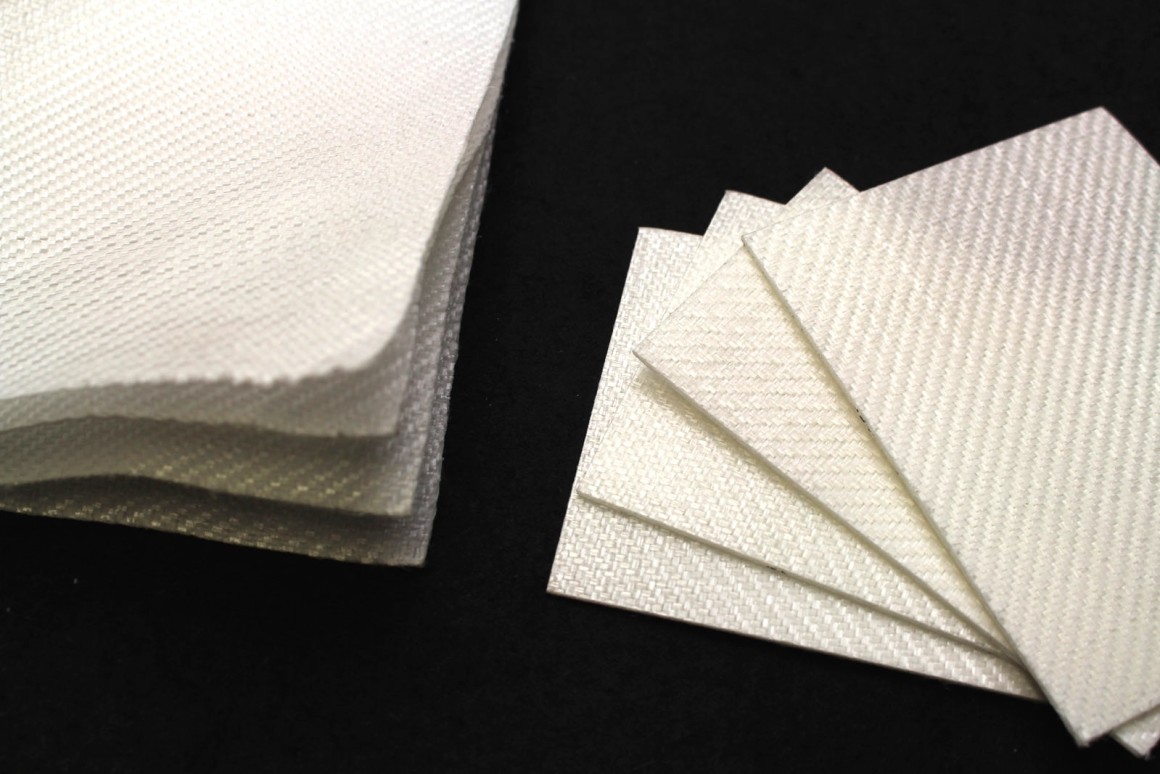
PLA composite may be an eco-friendlier alternative to carbon fiber (22/10/2019)
While bio-based polylactic acid (PLA) thermoplastic is relatively eco-friendly and easily recyclable, composites such as carbon fiber are much stronger. German scientists are now claiming to have combined the best features of both, with a new all-PLA composite.
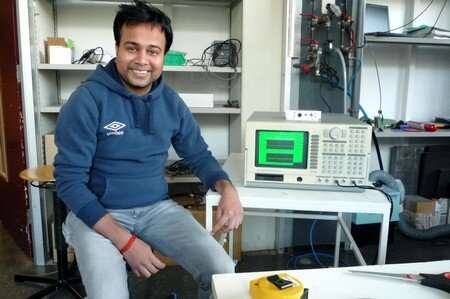
Double layer of graphene helps to control spin currents (22/10/2019)
In
order to make transistors that operate using the spin of electrons rather than
their charge, it is necessary to find a way of switching spin currents on and
off. Furthermore, the lifetime of the spins should at least be equal to the
time taken for these electrons to travel through a circuit.
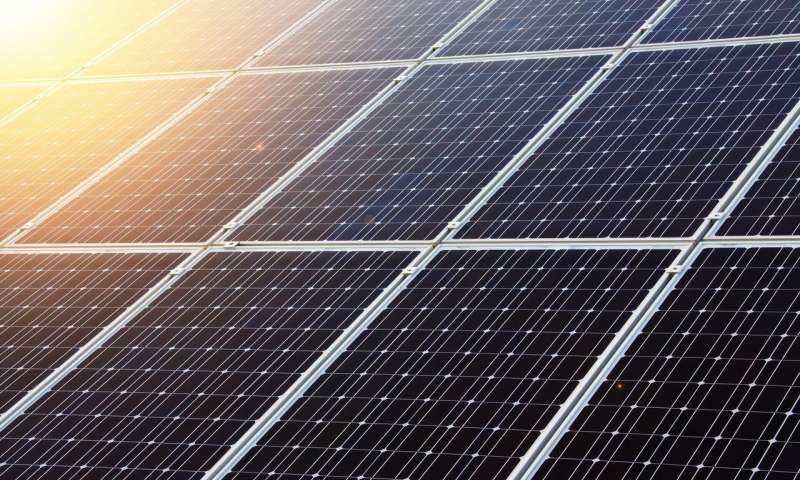
Research group advances perovskite solar technology for green energy production (22/10/2019)
In a
new research paper published in Nature Energy earlier this month,
Professor Michael McGehee and his research team demonstrate how to dramatically
improve the stability of tin-containing perovskite material used in stacked
solar cells, allowing for up to 30% power conversion efficiency.

New catalyst helps turn carbon dioxide into fuel (21/10/2019)
Imagine
grabbing carbon dioxide from car exhaust pipes and other sources and turning
this main greenhouse gas into fuels like natural gas or propane: a
sustainability dream come true.
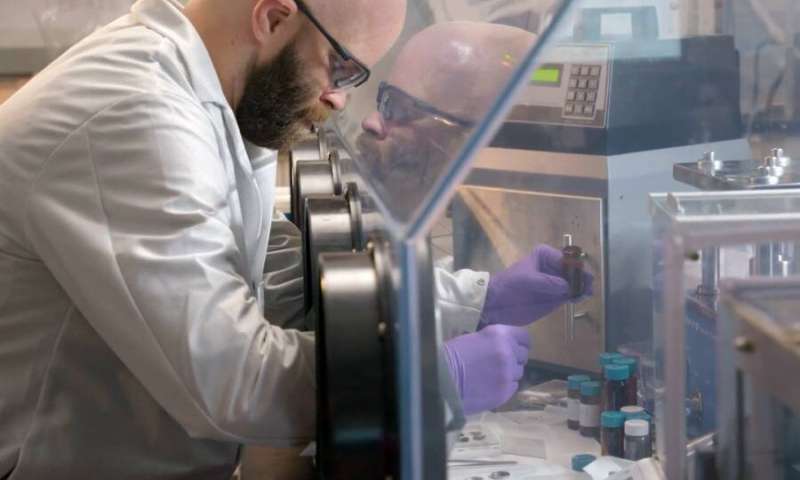
Scientists develop a lithium-ion battery that won't catch fire (21/10/2019)
A
flexible lithium-ion battery designed by a team of researchers from the Johns
Hopkins Applied Physics Laboratory and built to operate under extreme
conditions—including cutting, submersion, and simulated ballistic impact—can
now add incombustible to its résumé.









